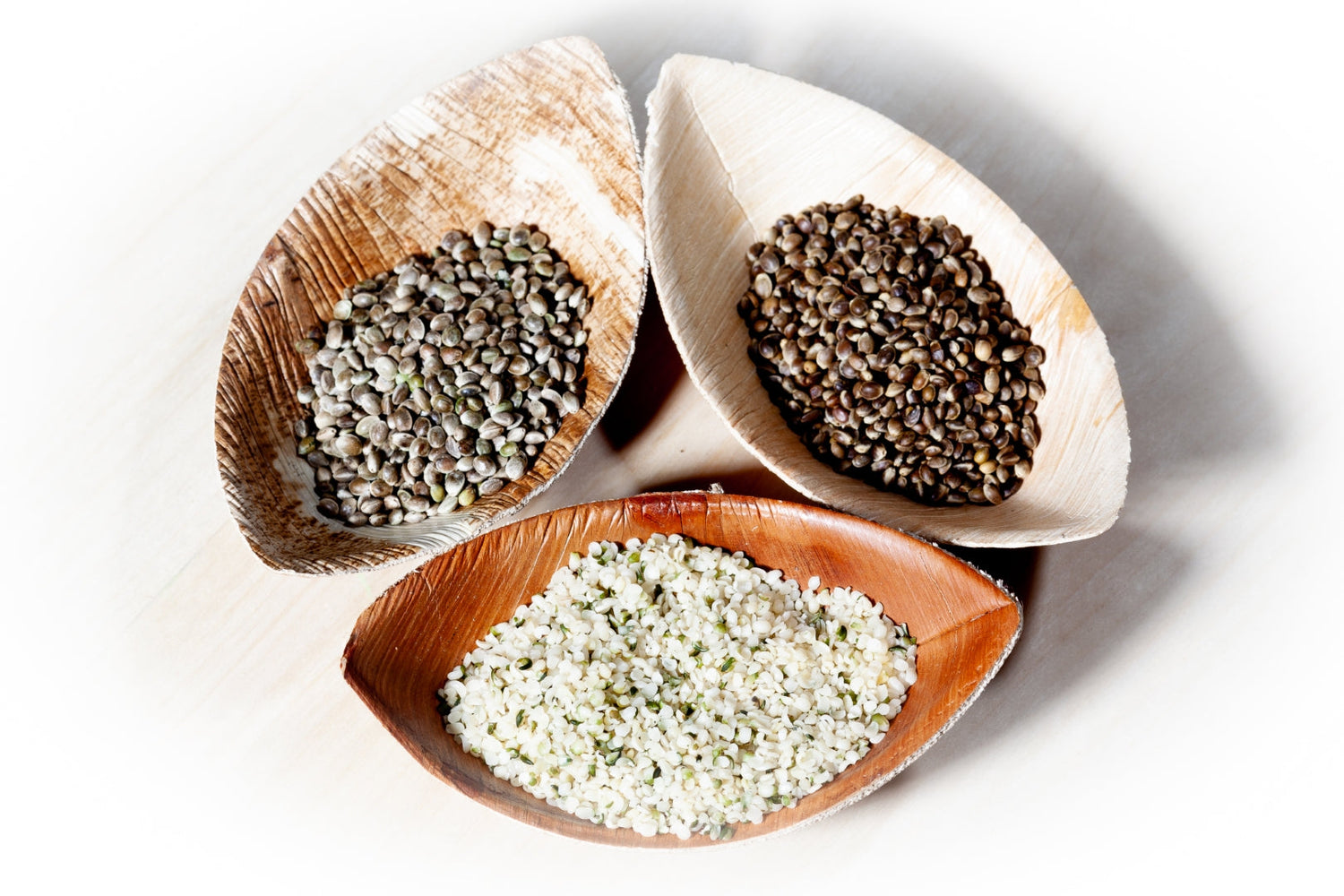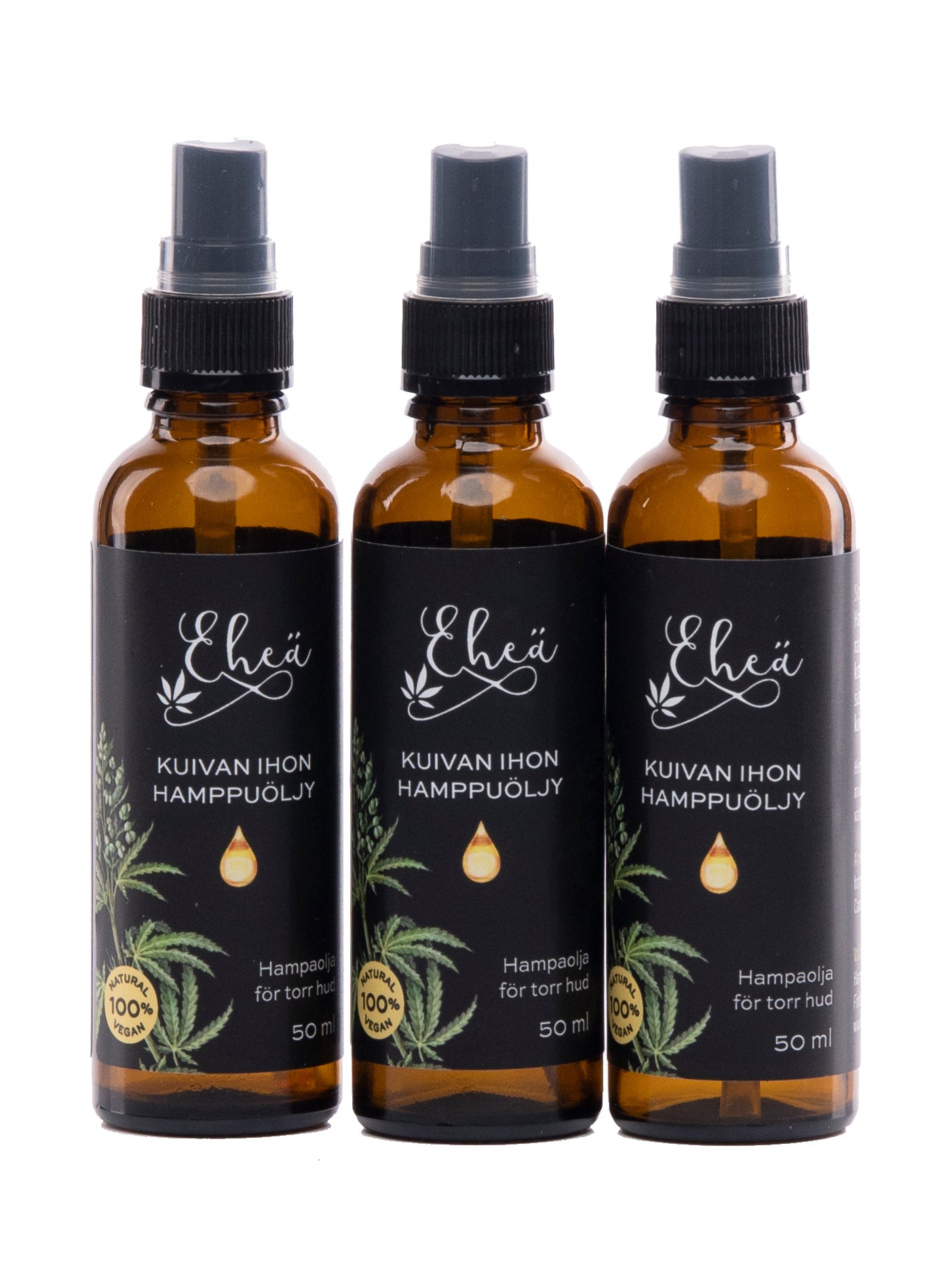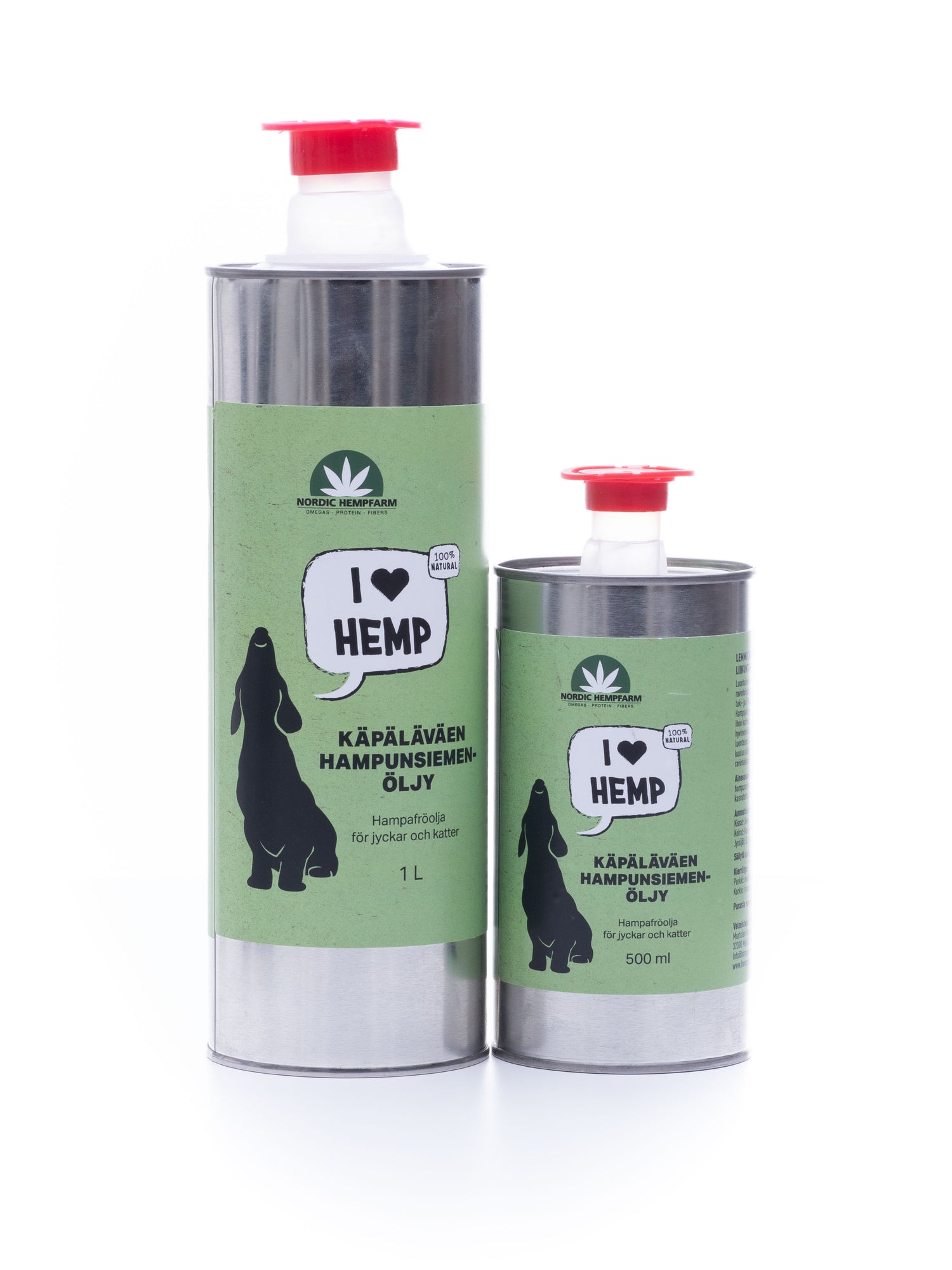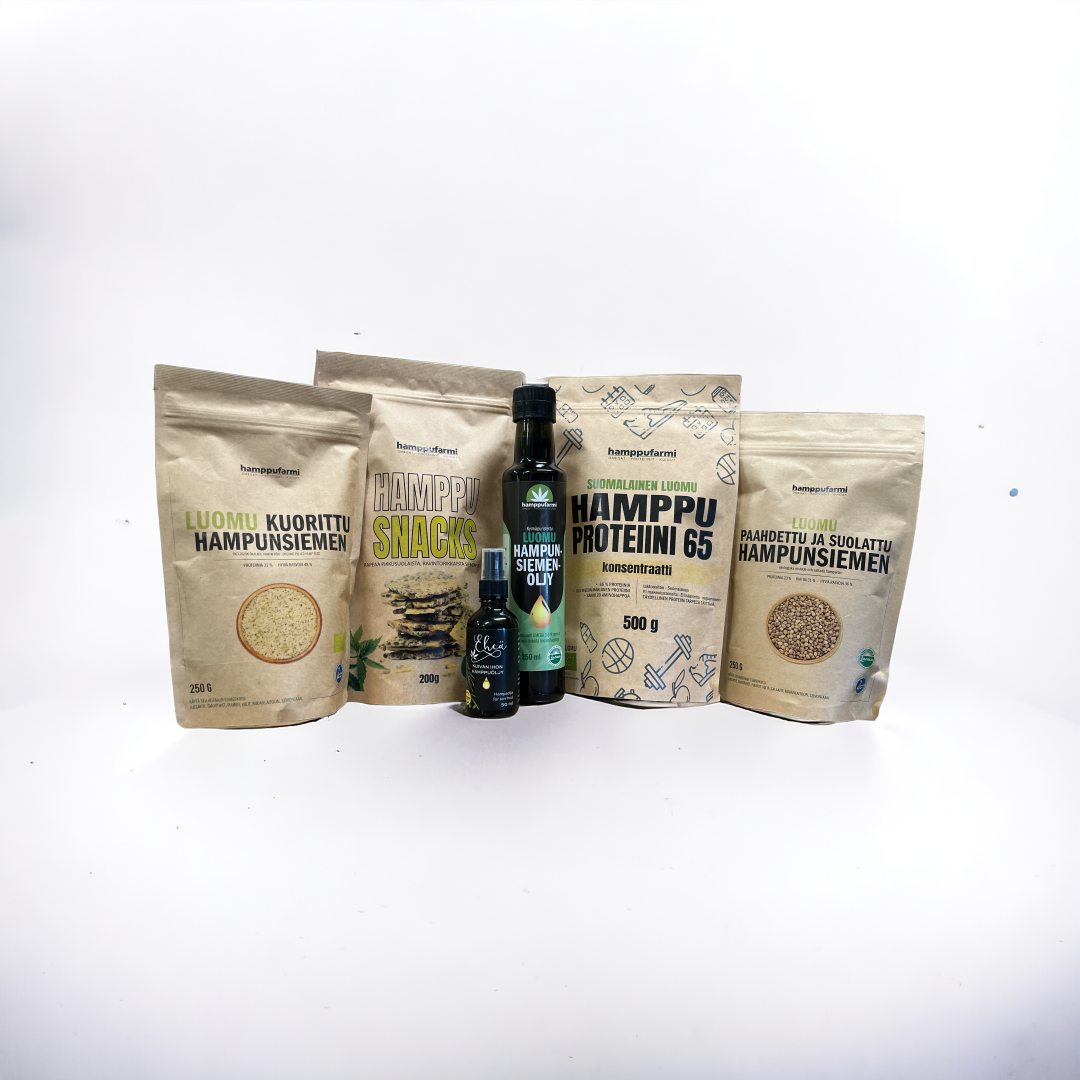Collection: Hemp seed products
Finnish hemp seed is nature’s own superfood.
We offer both organic and conventionally grown options, so you can choose the one that suits you best. Organic hemp is cultivated entirely without synthetic fertilizers, supporting the well-being of the soil and the environment.




